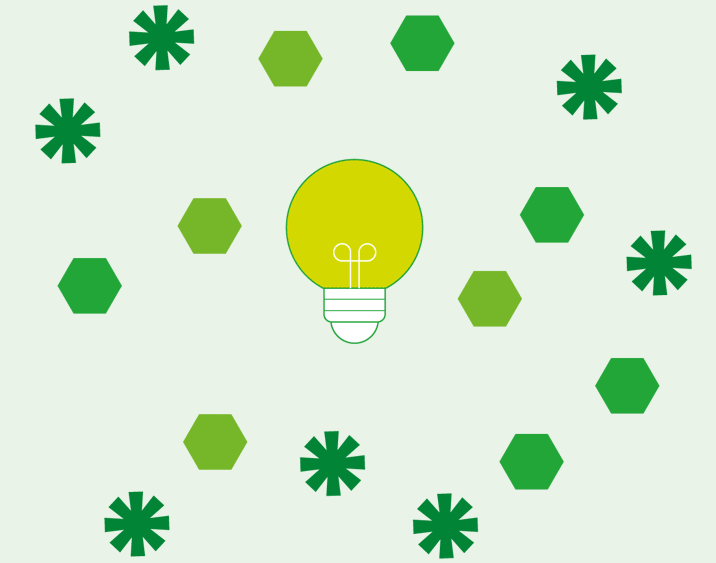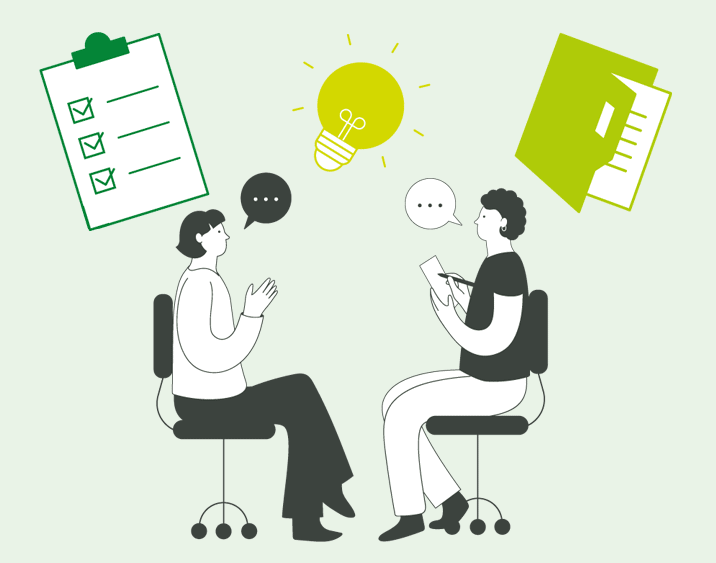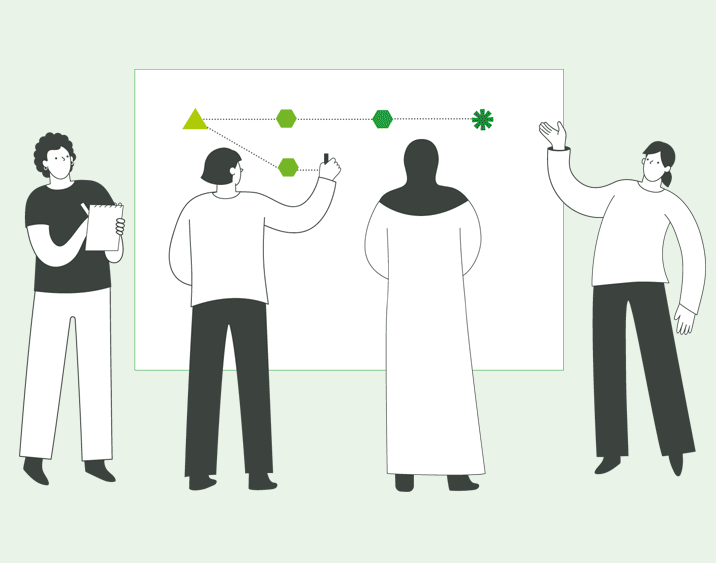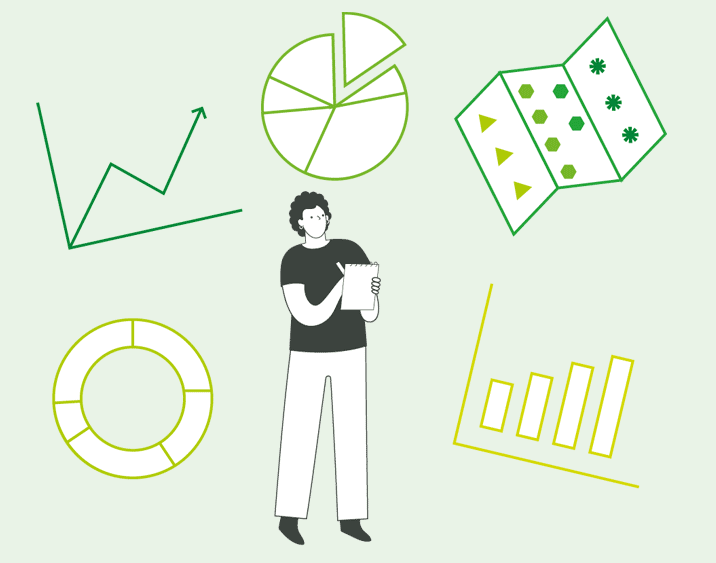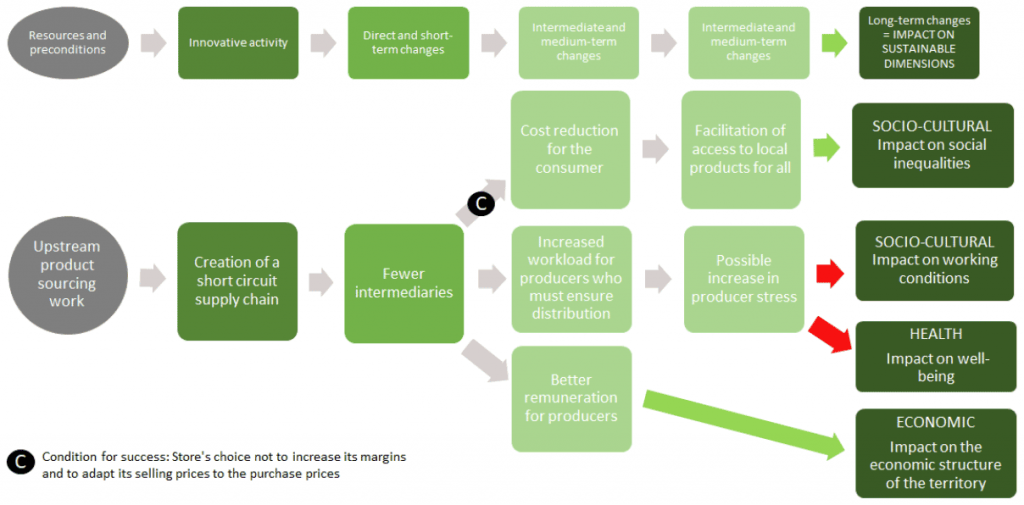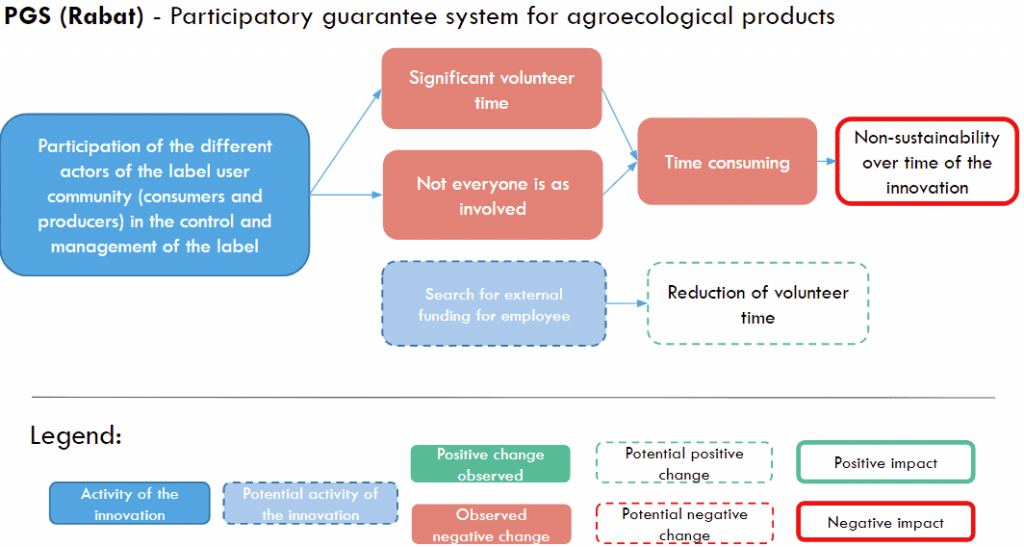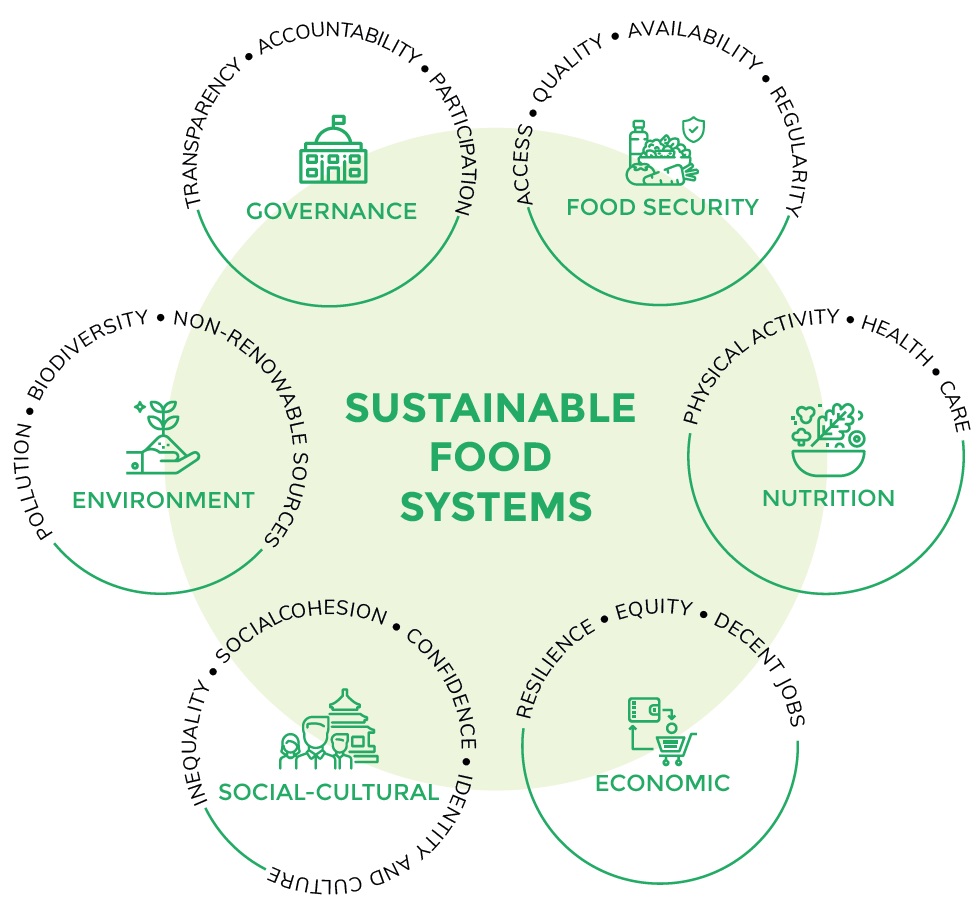There are many benefits to collecting different kinds of information about an innovation, including the opportunity to engage with innovation stakeholders and partners.

Benefits for innovators include:
- Gaining valuable insights about what you are doing
- Identifying resources you need to be more strategic
supporting the evolution of the innovation - Sharing your experience with communities
- Using the information gathered to attract investments and/or public support.

Benefits for policy-makers and funders include:
- Providing an overview and high level understanding of the innovation
- Identifying tools that facilitate deeper understandings about the innovation
- Identifying how the innovation is sustainable
- Establishing plans for future directions
- Developing evidence-informed policies and programs.

Benefits for researchers include:
- Documenting existing pathways for sustainable food systems
- Building a knowledge base informed by systems thinking for scientific questions
- Encouraging communities of practice and knowledge sharing to create more sustainable food systems
- Preparing quantitative and qualitative assessments.
There are several tools that can be used to document an innovation using the Urbal process. Be sure to choose the tools that are the best fit for the innovation you are documenting and that fit within the constraints of your project.
Tools
Function

Document and Literature Review
Learning as much as possible about the innovation and its context, using existing literature and documents including public reports and from other organizations.

Interview
Meetings structured by specific questions with key actors to explore visions, role and perspectives about the innovation, it could be one-to-one and/or focus groups.

Timeline
Chronological visualisation of the evolution of the innovation, key events and turning points that can include: number and type of actors involved, scope and activities, target audience, governance, budget and funding, etc.

Actors diagram
Visualization of direct and indirect actors involved in the activities of the innovation, inter-relationships, influence and power dynamics.

List of the innovation activities
List identifying which activities are core to the innovation and those that are likely to bring about changes towards sustainability.

Report
Summary document that includes an innovation overview and detailed description, method, visual tools.


